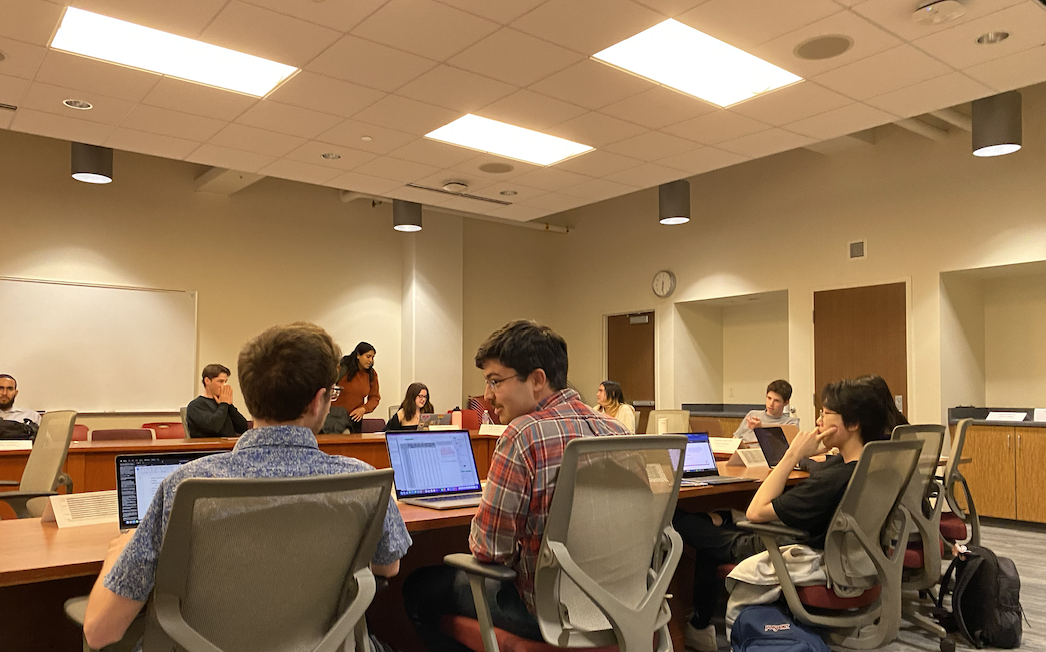Of the four tastes — well, five if you include what the Japanese call umami (“savoriness”), but that’s another column entirely — sweetness is clearly humankind’s favorite. A preference for sweet foods is the only culinary preference with which people are born. Our love of sweets even shows up in our language; it would seem odd to refer to one’s lover as a “sourheart” or to call a gift-lavishing significant other a “salt daddy” or “salt momma.” And the “land of milk and Chef Paul Prudhomme’s Blackened Fish Spice Blend” just doesn’t have the paradisiacal ring to it that “land of milk and honey” does.
Unfortunately, as doctors warn us, the results of our passion for sugar can be more bitter than sweet. Sugar eaten in moderate amounts has no adverse effects on human health, but eating too much of it can cause weight gain, which can result in type II diabetes, hypertension, heart disease and a host of other complications. Furthermore, eating too much sugar can feed acid-producing bacteria in the mouth, turning one’s sweet teeth into a cavity-ridden smile only a British mother could love.
For better or worse, however, people do not like to be told to eat less sugar, so scientists have devoted a significant portion of their psychic energy to developing low-calorie alternatives for the sweet stuff. What they have found are a number of intensely sweet molecules. Some of these contain no calories, and others are so intensely sweet that they can be used in sufficiently small quantities to add sweetness while also adding effectively no calories.
The world’s first artificial sweetener, saccharin (aka Sweet ‘n Low), was discovered in 1879, but artificial sweeteners did not really take off in the United States until 1952. It was then that a company called Kirsch Beverages produced No-cal, the first diet soda in the country. The drink was originally aimed at diabetics in a New York City hospital, but its popularity with the patients quickly led Kirsch to bring No-cal to the diet-conscious masses. The soda was a success, and soon the American consumer could choose from a variety of artificially sweetened sodas.
The key to diet soda’s success was a recently discovered artificial sweetener called cyclamate. With all of the sweetness of sugar but without the metallic aftertaste of saccharin, cyclamate seemed to be a godsend. However, some research in the late ’60s suggested it caused bladder cancer, so the nation’s burgeoning love affair with diet beverages was cut short. Food producers wanting to use artificial sweeteners had to switch back to saccharin, which was thought to be a safer alternative to cyclamate at the time.
The new saccharin-sweetened sodas were not as popular as their cyclamate-containing forbearers. Sure, Tab gained a cult-like following of “Tab addicts,” but sugar substitutes did not reach their golden age until the 1981 introduction of aspartame, an artificial sweetener marketed under the brand names NutraSweet and Equal. In spite of the fact that it has come under criticism as potentially carcinogenic, the National Institutes of Health and the FDA consider aspartame safe, and it is present in many artificially sweetened foods in the United States.
Other sweeteners, like acesulfame potassium (nicknamed ace-K) and neotame, have come into existence since aspartame’s debut, but neither has gained the popularity of aspartame. Ace-K, however, has become popular as an addition to aspartame in some calorie-free beverages, as a combination of artificial sweeteners often results in a more sugar-like taste than one artificial sweetener alone.
The most recent addition to the happy family of artificial sweeteners is sucralose, a strikingly sugar-like molecule sold under the brand name Splenda. The sucralose molecule is very similar to that of sucrose, or normal table sugar. The only difference is that three chlorine molecules replace three of the hydroxyl groups on the sucrose molecule. Its producers used to say it was “made from sugar, so it tastes like sugar,” but they have since stopped using that claim after being sued by the manufacturers of Equal last April.
Currently, saccharin, aspartame, ace-K, neotame and sucralose are all FDA-approved food additives. They have passed a rigorous battery of tests, and every person who drinks a bottle of diet soda or tosses some grains from a red, yellow or blue packet into his or her coffee is another human trial. Thus, they are probably perfectly safe if consumed in moderation. Furthermore, they are triumphs of science that allow humans to enjoy one of life’s pleasures without making dietary sacrifices.













